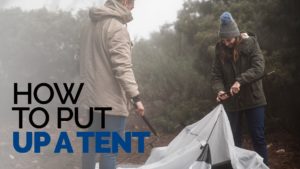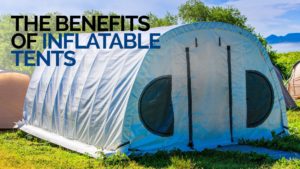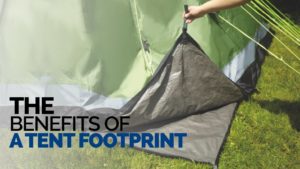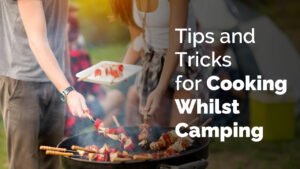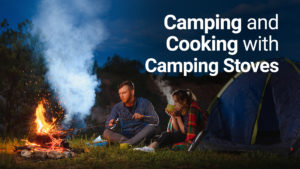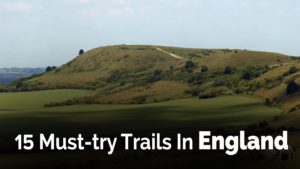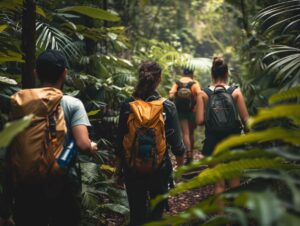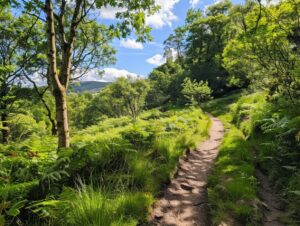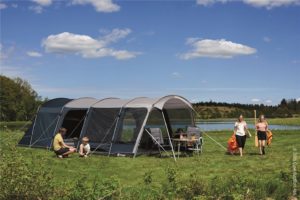
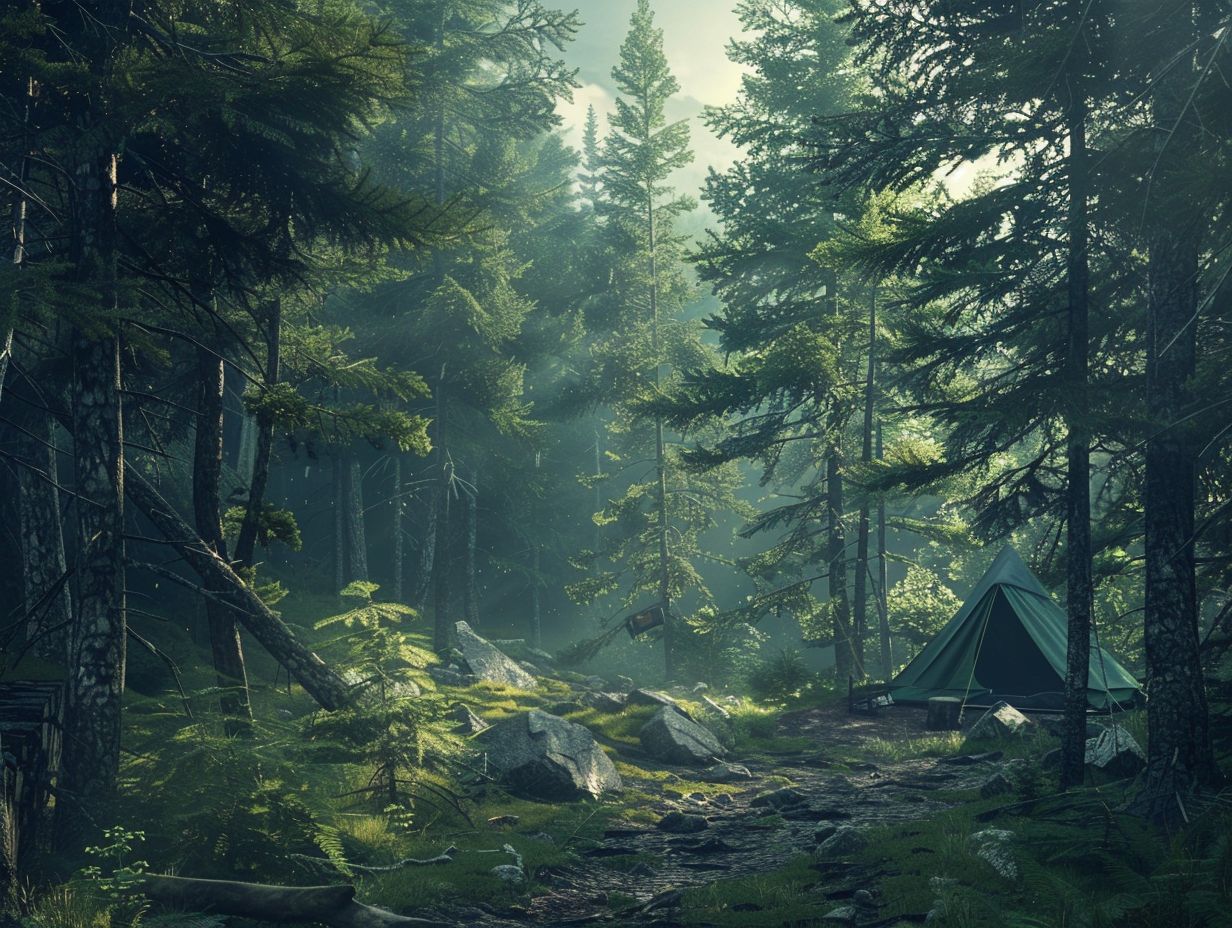
Vaibhav
- Categories: Advice
Looking to escape the hustle and bustle of everyday life and immerse yourself in nature? Camping in forested areas can provide the perfect opportunity to unwind and reconnect with the great outdoors.
In this comprehensive guide, we will discuss the essential items you need for a successful camping trip, how to choose the best campsite, safety precautions to keep in mind, fun activities to do while camping, and tips for leaving no trace.
So grab your gear and get ready for an adventure in the wilderness!
Key Takeaways:

- Always be prepared with proper shelter, food and water supplies, navigation and communication tools, and a first aid kit when camping in forested areas.
- Choose a safe and suitable campsite by considering level ground, distance to water sources, potential hazards, and nearby trails and activities.
- Take safety precautions when camping in forested areas by being aware of wildlife, keeping your campsite clean, and following fire safety protocols.
Why Should You Go Camping in Forested Areas?
Camping in forested regions, such as National Forests in the UK and Europe, presents a distinctive and engaging experience for families, children, and pets. Renowned camping authority Alan Rogers emphasizes that a camping excursion in a verdant forest can establish an unmatched bond with nature, delivering both relaxation and exploration opportunities for individuals of all age brackets.
What Are the Essential Items for Camping in Forested Areas?
When preparing for a camping trip in wooded areas, it is essential to ensure the presence of suitable equipment to improve comfort and safety. Key items include a robust tent, high-quality sleeping bags, and reliable cooking equipment.
1. Proper Shelter and Sleeping Gear
It is essential to have adequate shelter and sleeping equipment, such as a durable tent and comfortable sleeping bags and cushions, to enhance the quality of a camping trip.
When selecting a tent, it is crucial to evaluate its weather resistance to ensure protection during unexpected rainfall. Features such as waterproof materials, sealed seams, and a sturdy frame are important factors to withstand varied weather conditions.
Choosing a tent with user-friendly set-up mechanisms like colour-coded poles or a freestanding design can simplify the pitching process and enhance convenience.
Regarding sleeping equipment, insulated sleeping bags and cushions are essential to provide warmth and comfort throughout the night, especially in colder environments.
Investing in high-quality sleeping gear can significantly improve the overall camping experience.
2. Water and Food Supplies
It is imperative to ensure that adequate water and food supplies, as well as dependable cooking equipment such as gas or liquid fuel stoves, are prepared for any camping excursion.
When embarking on outdoor expeditions, the presence of ample water and non-perishable food items can significantly influence the safety of the adventure. Water plays a vital role in maintaining hydration and regulating body temperature, particularly during strenuous activities.
Non-perishable food items offer sustenance and energy without the necessity for refrigeration, making them particularly suitable for prolonged journeys.
In terms of cooking equipment, gas stoves provide convenience for preparing quick meals, while liquid fuel stoves offer enhanced versatility in extreme weather conditions and at high altitudes. Gas stoves are known for their ease of use and maintenance, whereas liquid fuel stoves demand a more intricate understanding and may involve a messier operation.
3. Navigation and Communication Tools
Navigation and communication tools are essential components for ensuring safety and convenience during camping expeditions. Using reliable GPS devices, paper maps, and apps such as Google Maps can greatly improve the camping experience.
Using multiple navigation tools is beneficial, as it ensures the ability to navigate back to the campsite efficiently, even in unfamiliar terrains or adverse weather conditions.
Additionally, communication devices are crucial in maintaining connectivity with camping companions and accessing emergency services in unexpected situations. Whether using walkie-talkies, satellite phones, or mobile devices with strong signal reception, effective communication capabilities can significantly influence the outcome of emergencies.
It is wise to prioritize readiness by equipping oneself with necessary navigation and communication tools to reduce the risks associated with potential isolation or distress during camping trips.
4. First Aid Kit
The presence of a well-equipped first aid kit is paramount for addressing minor injuries or medical emergencies, thereby ensuring safety in the wild during the course of a camping trip. Within the first aid kit, essential items include adhesive plasters for cuts and grazes, antiseptic wipes for wound cleansing, and gauze dressings intended for the treatment of more significant injuries.
Tweezers are used for removing splinters or ticks, while adhesive tape is used to secure plasters in place. Additionally, it is recommended to include pain relief medication, allergy medication, and a pair of scissors for cutting plasters or clothing as needed.
It is vital to recognise that a well-prepared first aid kit can have a significant impact on effectively managing unexpected accidents while participating in camping activities.
How to Choose a Campsite in a Forested Area?
Selecting a suitable campsite in a wooded setting, such as those found in National Forests, requires careful evaluation of multiple factors including location, safety, and the availability of facilities.
1. Look for Level Ground
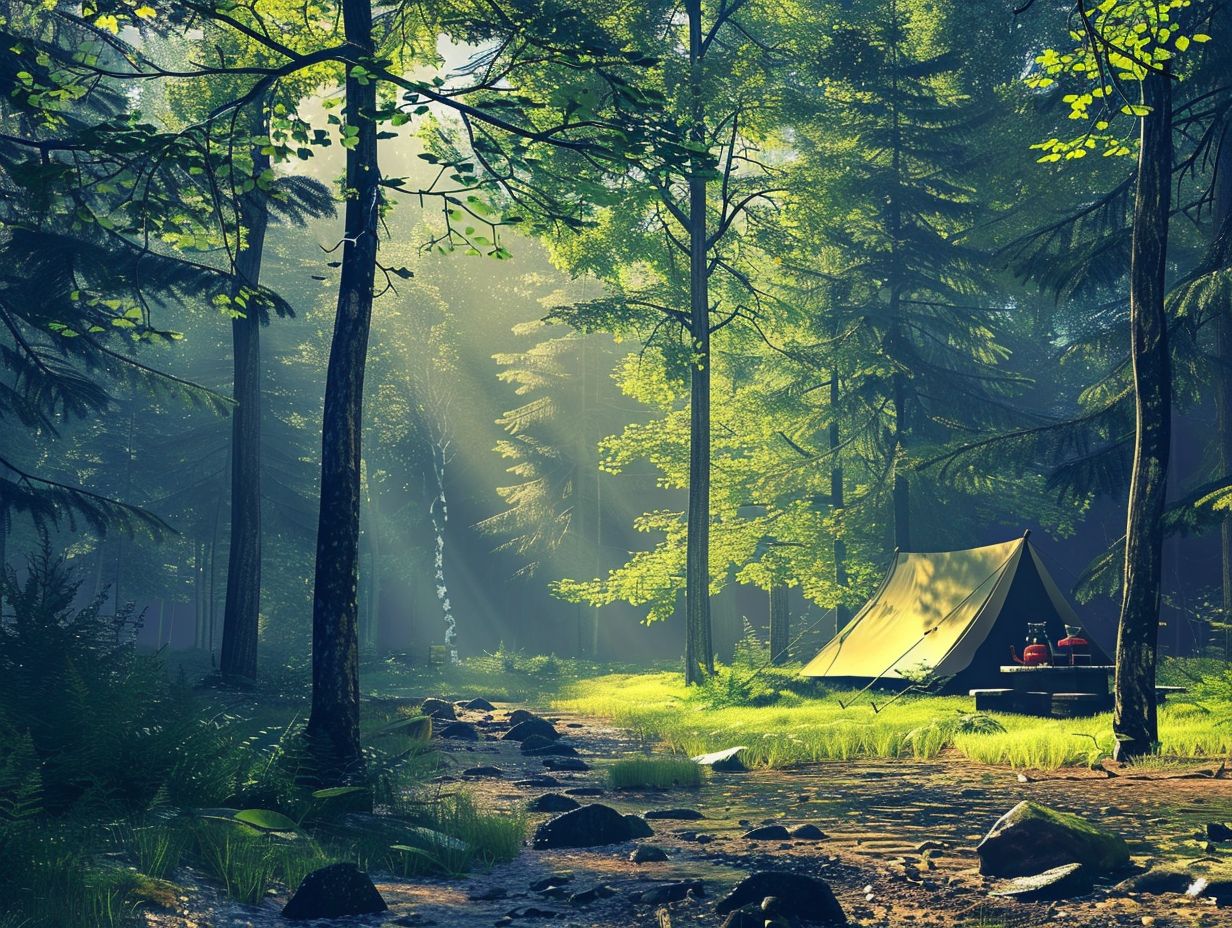
Selecting an appropriate camping site with even terrain is essential for establishing a tent securely and ensuring a comfortable sleeping environment. Even ground not only provides stability for the tent, reducing the likelihood of tipping or collapse during the night but also offers optimal support for the camper’s back, thus enhancing the overall camping experience.
To pinpoint a suitable location, it is advisable to search for areas devoid of rocks, tree roots, and other impediments. Utilising a small level tool or a simple ball can aid in determining if the ground is flat. Additionally, choosing a slightly elevated spot can be beneficial in preventing water accumulation around the tent, particularly in inclement weather conditions.
2. Consider the Distance to Water Sources
The proximity to water sources plays a crucial role in enhancing convenience and maintaining hygiene standards during camping expeditions. Having a nearby water source not only facilitates easy access to water for essential activities such as drinking, cooking, and cleaning but also contributes significantly to the overall camping experience.
Beyond the aspect of convenience, the presence of a water source in close proximity enables campers to reduce the necessity of carrying substantial amounts of water, thus alleviating their burden. It is imperative to exercise caution when sourcing water from natural reservoirs, emphasising the importance of purifying it before consumption.
Methods such as boiling water, utilising water purification tablets, or employing a portable water filter represent effective means to guarantee the safety and cleanliness of the water, preventing the ingestion of harmful bacteria.
3. Check for Potential Hazards
Before selecting a camping site location, it is imperative to conduct a thorough assessment for potential hazards such as unstable trees, rockfalls, or wildlife activity. Prioritising safety in the camping site selection process is essential to ensure a pleasant and stress-free outdoor experience.
Careful consideration should be given to the terrain, with an emphasis on avoiding areas near steep cliffs or unstable slopes, as these locations present an elevated risk of rockfalls or landslides. Vigilance regarding signs of recent wildlife activity, such as paw prints or droppings, is crucial as they may indicate potential encounters.
Opting for a camping site with proper drainage to prevent flooding during rainfall is also a key safety measure. It is advisable to have a first aid kit readily available and to acquaint oneself with emergency protocols to effectively respond to any unforeseen circumstances.
4. Look for Nearby Trails and Activities
Choosing a campsite in close proximity to trails and other activities can significantly enrich your camping experience by offering convenient access to hiking and opportunities for exploration. Camping in close proximity to trails not only saves time and energy in transport but also allows for immediate immersion in the natural environment upon exiting your tent.
Proximity to trails provides access to a wide range of recreational pursuits, including nature walks, birdwatching, and the possibility of wildlife encounters. To identify campsites with nearby activities, individuals may consult campsite directories, utilise online resources, or ask for recommendations from experienced campers familiar with the area.
What Are the Safety Precautions for Camping in Forested Areas?
When camping in wooded areas, it is imperative to implement specific safety measures to ensure the protection of oneself and others from potential hazards, including encounters with wildlife, fire hazards, and medical emergencies.
1. Be Aware of Wildlife
Understanding the local wildlife and implementing strategies to prevent hazardous interactions are fundamental aspects for a secure camping expedition. When camping in wooded regions, encounters with animals like bears, cougars, and snakes are not unusual, requiring knowledge on minimising the likelihood of unexpected encounters.
A critical recommendation involves the proper storage of food and rubbish in bear-proof containers or raised positions on trees beyond the reach of wildlife.
Emitting noise during hikes helps to alert animals of your presence, thus reducing any unforeseen conflicts. Respecting the animals’ habitat and maintaining a safe distance during observation, refraining from approaching or feeding them, are essential principles.
These practices not only ensure personal safety but also contribute to wildlife preservation and the conservation of the natural ecosystem.
2. Keep Your Campsite Clean and Tidy
Maintaining cleanliness and orderliness at the campsite is crucial in minimising the likelihood of attracting wildlife and promoting a safer environment. Proper waste management plays a pivotal role in deterring unwanted visitors drawn by food remnants. It is imperative to securely store all refuse in designated containers and dispose of them in allocated bins.
In terms of food storage, utilising airtight containers is essential to prevent the emission of odors that might attract animals. It is essential to promptly clean up any spills and never leave food unattended.
Additionally, it is important to exercise caution in handling hazardous items like sharp objects and open flames. The upkeep of a hazard-free campsite not only fosters safety but also contributes to the preservation of the natural landscape’s beauty.
3. Follow Fire Safety Protocols
Compliance with fire safety protocols is imperative to mitigate the risk of wildfires and ensure a secure camping environment. One of the fundamental procedures in constructing and managing a campfire safely involves meticulous selection of firewood. It is advisable to opt for dry, seasoned hardwood as it burns efficiently and emits minimal smoke.
Subsequently, the collection of kindling, such as small twigs, leaves, or dry grass, is essential to facilitate the ignition process. The utilization of firelighters can expedite fire starting without necessitating excessive kindling.
It is paramount to emphasize the necessity of thoroughly extinguishing the fire by extinguishing it with water and stirring the ashes until they have cooled to the point of being safe to touch before departing from the camping site.
What Are Some Fun Activities to Do While Camping in Forested Areas?
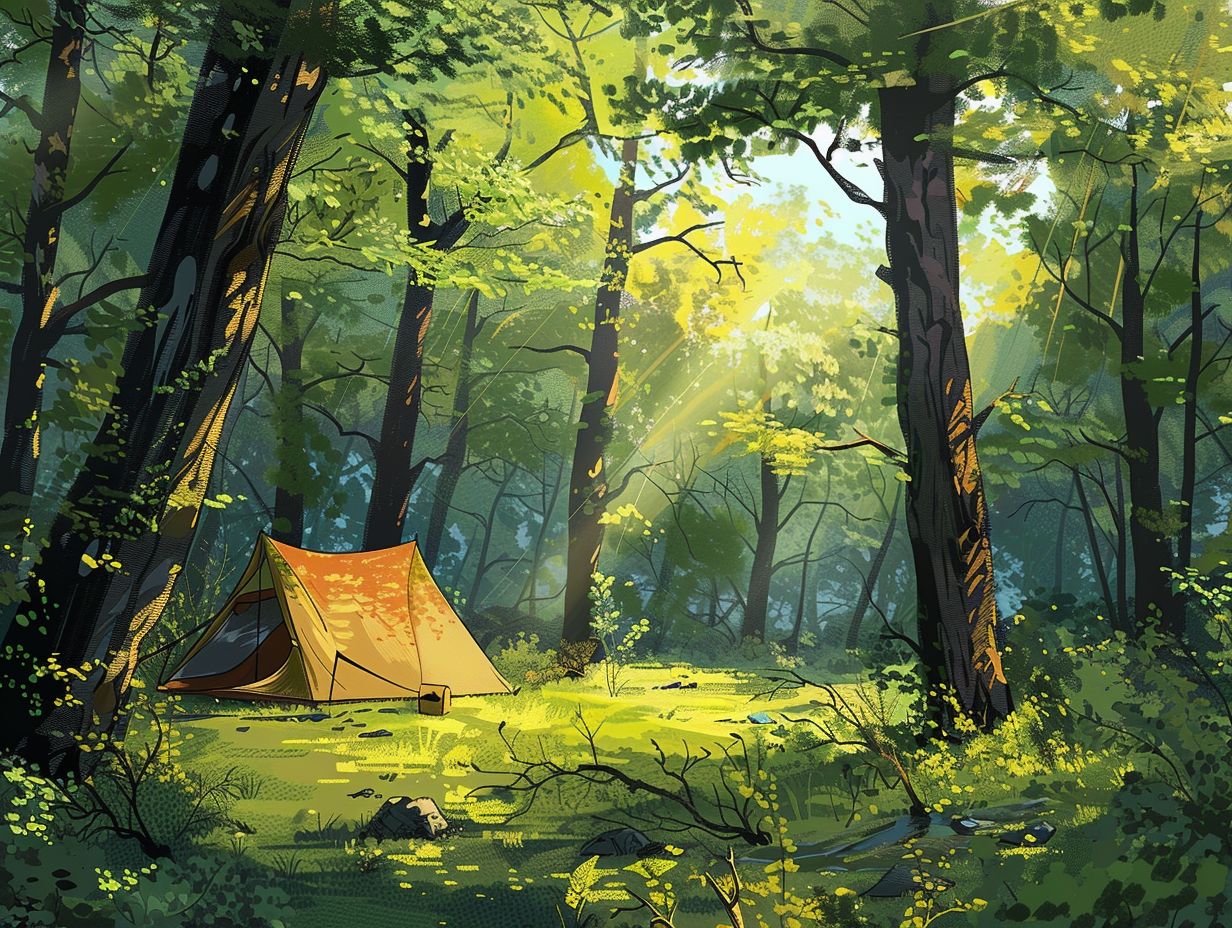
Engaging in outdoor activities in wooded regions presents a diverse array of recreational opportunities, including hiking, fishing, hunting, birdwatching, and stargazing. These activities not only allow individuals to immerse themselves in natural surroundings but also foster a sense of connection and companionship with their camping companions.
1. Hiking and Exploring Nature
Engaging in hiking and exploring nature can be highly rewarding activities, especially when camping in wooded areas. The benefits of hiking go beyond mere enjoyment, as it serves as a valuable form of physical exercise that contributes to improved cardiovascular health, increased strength, and enhanced overall fitness.
Additionally, immersing oneself in natural surroundings can have a rejuvenating effect on both the mind and spirit, helping to reduce stress and promote mental well-being.
When starting a hiking trip, it is wise to carefully choose a path that matches one’s fitness level and goals, considering factors such as distance, level of difficulty, and terrain. It is crucial to pack essential items like water, snacks, a map or GPS device, appropriate footwear, and suitable clothing to ensure the safety and enjoyment of the hiking experience.
2. Fishing and Hunting
Engaging in the activities of fishing and hunting can enhance the camping experience by providing both excitement and practicality, enabling individuals to procure sustenance directly from the natural environment.
Participation in fishing necessitates the acquisition of essential equipment, including a fishing rod, reel, bait, and tackle box. Conversely, engaging in hunting requires the possession of a sturdy rifle or bow, appropriate ammunition, camouflage gear, and a hunting knife.
Before engaging in these activities, it is imperative to attain the requisite licences and permits to adhere to local regulations effectively. Adhering to ethical practices, such as implementing catch and release strategies and exhibiting respect for wildlife habitats, is essential for the preservation of ecosystems and the promotion of sustainable hunting and fishing practices.
3. Bird Watching
Bird watching is a peaceful and informative activity that allows campers to observe and admire the diverse wildlife found in wooded areas.
By obtaining a quality pair of binoculars, campers can enhance their birdwatching experience by getting a closer view of these fascinating creatures and their complex behaviours. It is also helpful to familiarise oneself with common bird species in the area, making it easier to identify and study them.
This hobby not only provides relaxation and a connection with nature but also offers a valuable opportunity to gain knowledge about the natural environment and develop a heightened respect for wildlife conservation efforts.
4. Stargazing
The act of stargazing presents an awe-inspiring experience, providing campers with the opportunity to marvel at the celestial beauty of the night sky away from the illuminations of urban environments. Selecting a location devoid of light pollution is imperative to optimise the stargazing encounter.
Following the identification of a suitable site, the utilization of a telescope or binoculars can amplify one’s observation of remote stars, planets, and galaxies. Through the examination of constellations and astronomical occurrences, enthusiasts of celestial observation can enrich their comprehension of the cosmos and acknowledge the intricate formations manifested by the stellar bodies.
Delving into the study of distinct star configurations and their seasonal transformations can be simultaneously enlightening and profoundly moving, furnishing a distinctive outlook on the expanse of the cosmos.
How to Properly Pack and Leave No Trace When Camping in Forested Areas?
Ensuring meticulous packing and adhering to the Leave No Trace principles are essential for the preservation of the natural aesthetics of forested regions and for ensuring a favourable experience for subsequent campers.
1. Pack Out All Rubbish and Waste
It is imperative to ensure the removal of all rubbish and waste to safeguard the environment and uphold the cleanliness standards of camping sites.
One efficient method to manage waste during camping expeditions is to utilise reusable containers for the storage of food and other items, thereby reducing the reliance on disposable packaging. The segregation of recyclable materials from regular waste is essential, followed by their proper disposal to mitigate environmental impact.
The diligent collection and appropriate disposal of any litter discovered in the vicinity of the campsite can contribute significantly to the preservation of the natural allure of the area for the benefit of future visitors. These measures not only serve to protect the environment but also advocate for a sustainable approach to outdoor recreational activities.
2. Do Not Disturb or Damage the Environment
Observing environmental respect by refraining from disturbing or harming natural features and wildlife is imperative for practising sustainable camping.
It is essential to adhere to designated trails while venturing into the wilderness to mitigate unnecessary soil erosion and plant destruction. By reducing our environmental footprint, we play a role in conserving natural habitats and enhancing ecosystem health.
It is crucial to understand that seemingly insignificant actions such as plucking plants or littering can have enduring effects on the fragile equilibrium of nature. Hence, embracing responsible camping techniques enables us to guarantee that forthcoming generations can appreciate the splendour of our natural environment.
3. Leave the Campsite Better Than You Found It
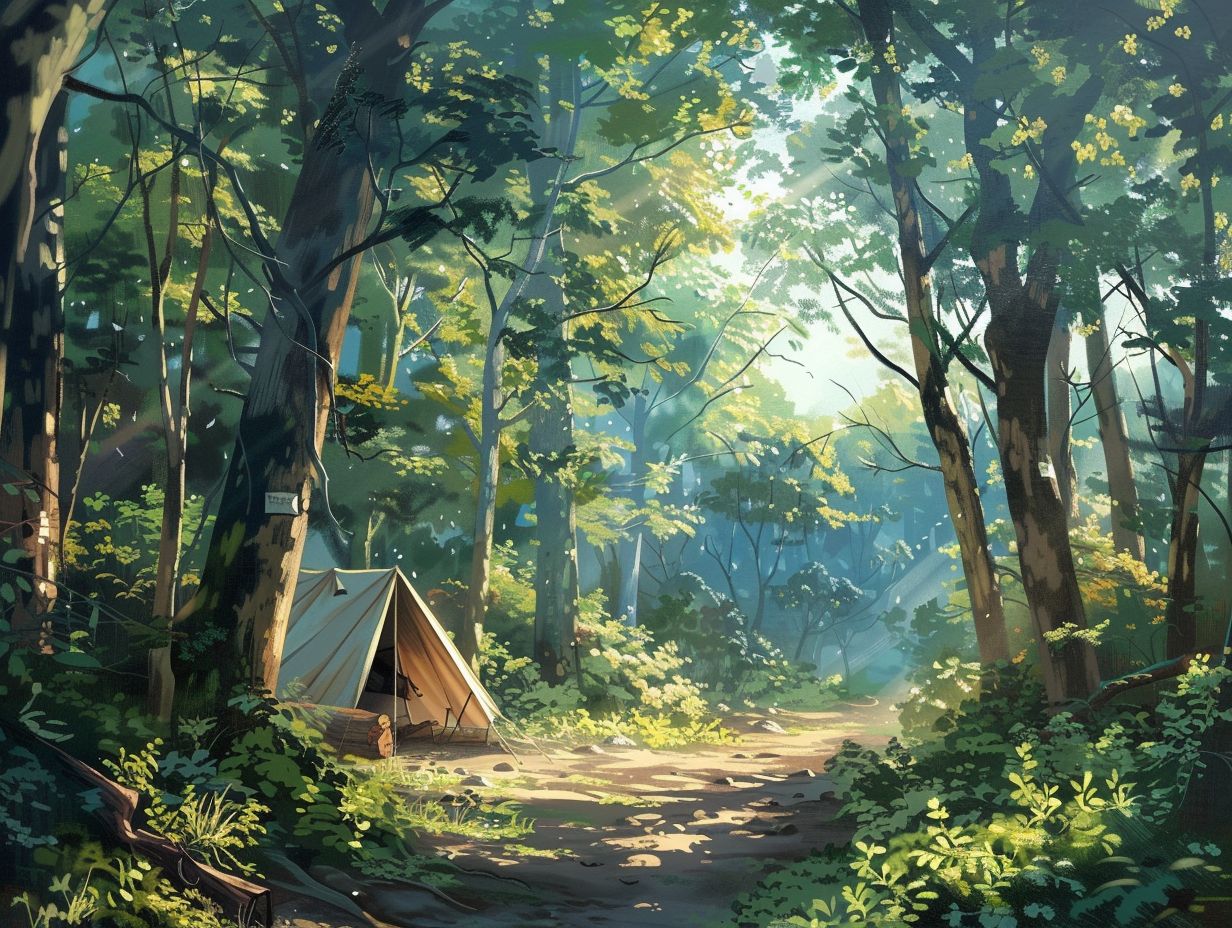
An essential principle of the Leave No Trace philosophy is the commitment to leaving the campsite in a better condition than it was found, thereby ensuring an unspoilt environment for subsequent campers.
A straightforward yet highly impactful method to enhance the campsite is to consistently pick up litter, irrespective of its origin. By dedicating a few moments to collect any debris scattered in the vicinity, individuals contribute to the preservation of the area’s natural aesthetics and safeguard against harm to wildlife.
Ensuring the proper extinguishment of campfires prior to departure is essential in the prevention of wildfires and the conservation of the surroundings. It is imperative to acknowledge that the responsibility to respect and safeguard these natural habitats rests collectively with all campers, thereby ensuring their preservation for the enjoyment of all.
Frequently Asked Questions
What are some essential tips for camping in forested areas?
Some essential tips for camping in forested areas include packing appropriate gear, practicing Leave No Trace principles, staying aware of your surroundings, and properly storing food to prevent wildlife encounters.
How can I prepare for camping in a forested area?
To prepare for camping in a forested area, make sure to research the specific area you will be camping in, pack appropriate clothing and gear, plan your meals and water supply, and practice setting up your tent and other equipment beforehand.
What should I do if I encounter wildlife while camping in a forested area?
If you encounter wildlife while camping in a forested area, remain calm and do not approach or feed the animals. Give them plenty of space and avoid surprising them. If necessary, make noise or slowly back away to create distance. It is important to always respect and observe wildlife from a safe distance.
Are there any special precautions to take for camping in bear country?
Yes, if camping in bear country, it is important to properly store food and scented items in bear-proof containers or hang them from a tree at least 10 feet off the ground and 4 feet away from the trunk. Avoid cooking or storing food in or near your tent and make noise while hiking to alert bears of your presence. Always follow any posted guidelines or regulations for camping in bear country.
What is the best way to start a campfire in a forested area?
The best way to start a campfire in a forested area is to first ensure that it is allowed and safe to do so. Use an existing fire ring or create a new one in a clear, open area. Gather dry, dead wood from the ground and use a fire starter such as matches or a lighter to ignite the fire. Always make sure to properly extinguish the fire before leaving it unattended.
What are some safety tips for camping in forested areas?
Some safety tips for camping in forested areas include: always let someone know your itinerary and when you plan to return, have a first aid kit on hand, stay hydrated and avoid dehydration, and be aware of potential hazards such as fallen trees or steep terrain. It is also important to have a plan for emergencies and to know how to navigate in case of getting lost.
Share:
By submitting your email address, you are agreeing to receive marketing emails from theexpertcamper.co.uk.
We’ll never share your email address and you can unsubscribe at any time. Privacy policy
Related Posts
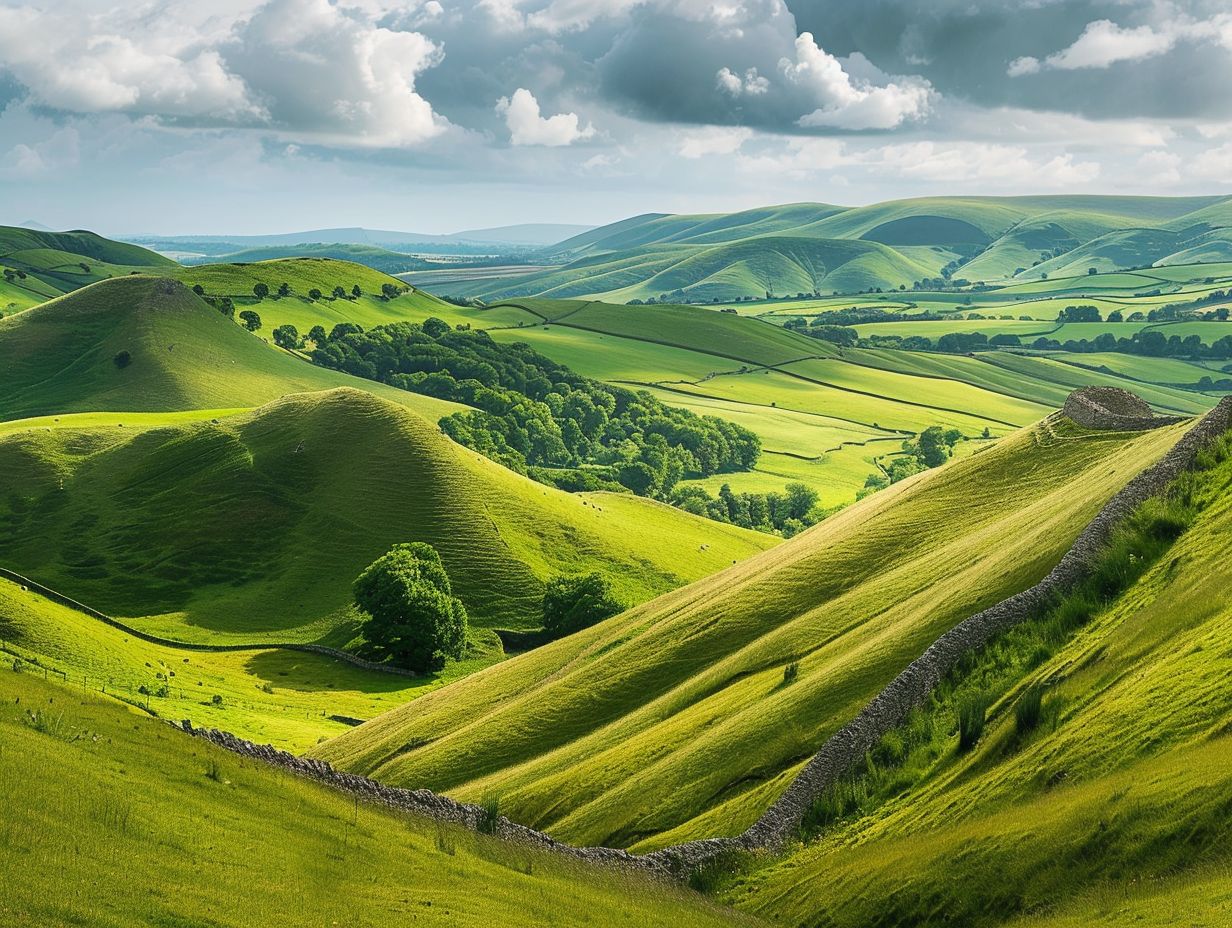
A Seasonal Guide To Hiking In The Peak District
Are you ready to lace up your hiking boots and explore the stunning landscapes of the Peak District? This seasonal guide will take you through

Hiking Challenges Preparing For Your First Ultrahike
Are you ready to take your hiking adventures to the next level? Ultra-hiking offers a unique combination of physical and mental challenges, breathtaking scenery, and
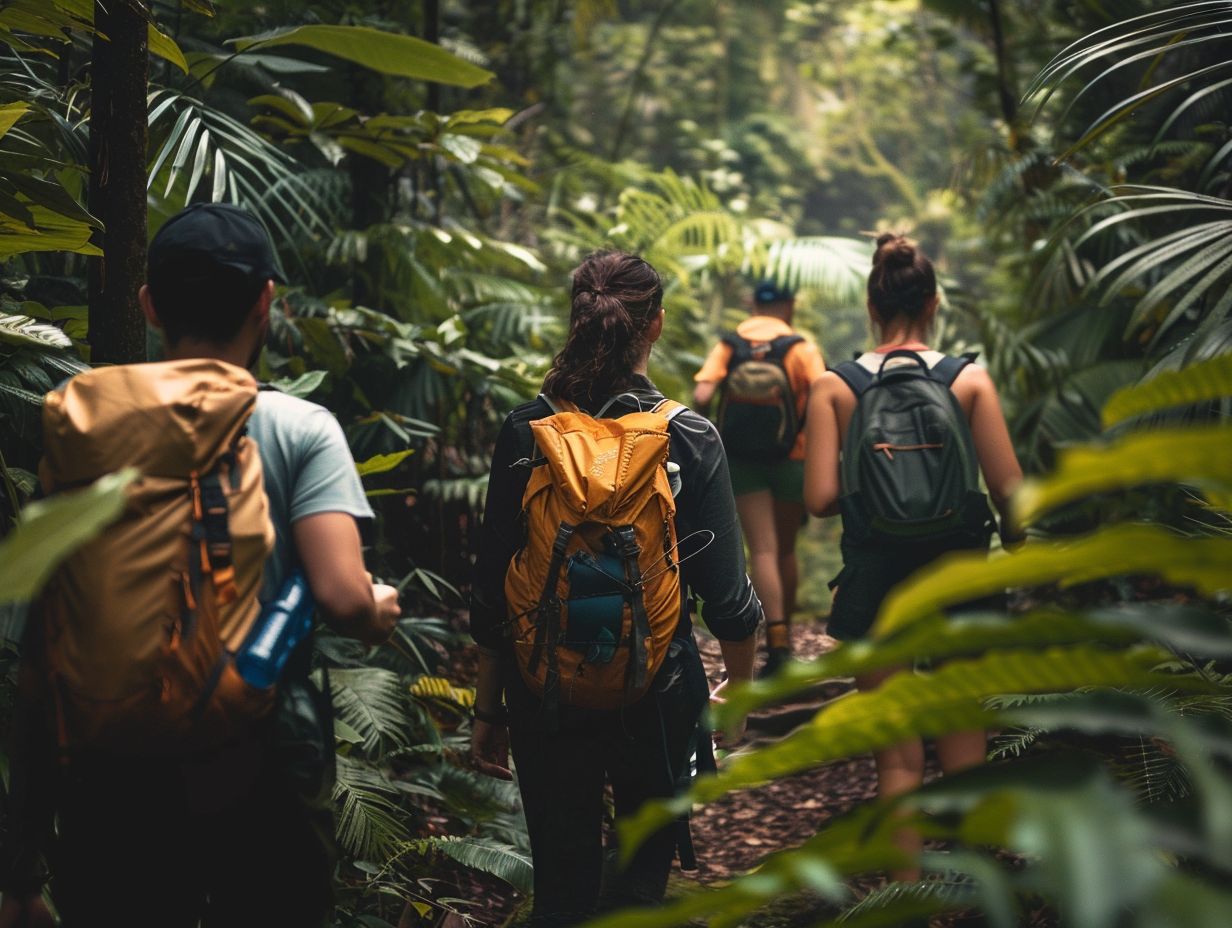
Ecofriendly Hiking Tips For Sustainable Adventures
Are you an outdoor enthusiast looking to minimise your impact on the environment while enjoying the great outdoors? Eco-friendly hiking is the perfect solution! We
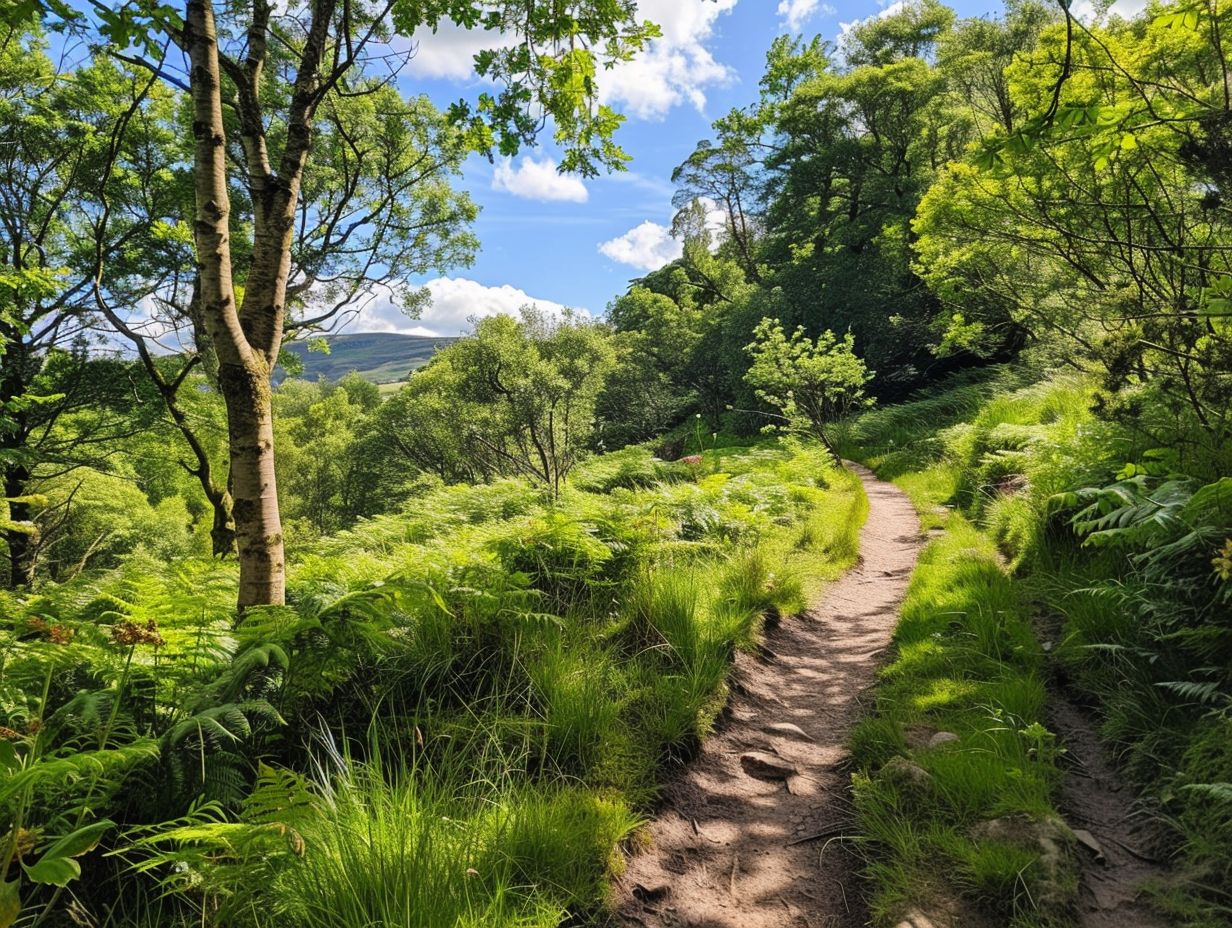
The Best Hiking Trails For Experiencing UK Wildlife
When exploring the picturesque hiking trails of the UK, you can expect to encounter a diverse array of wildlife. From majestic birds soaring overhead to
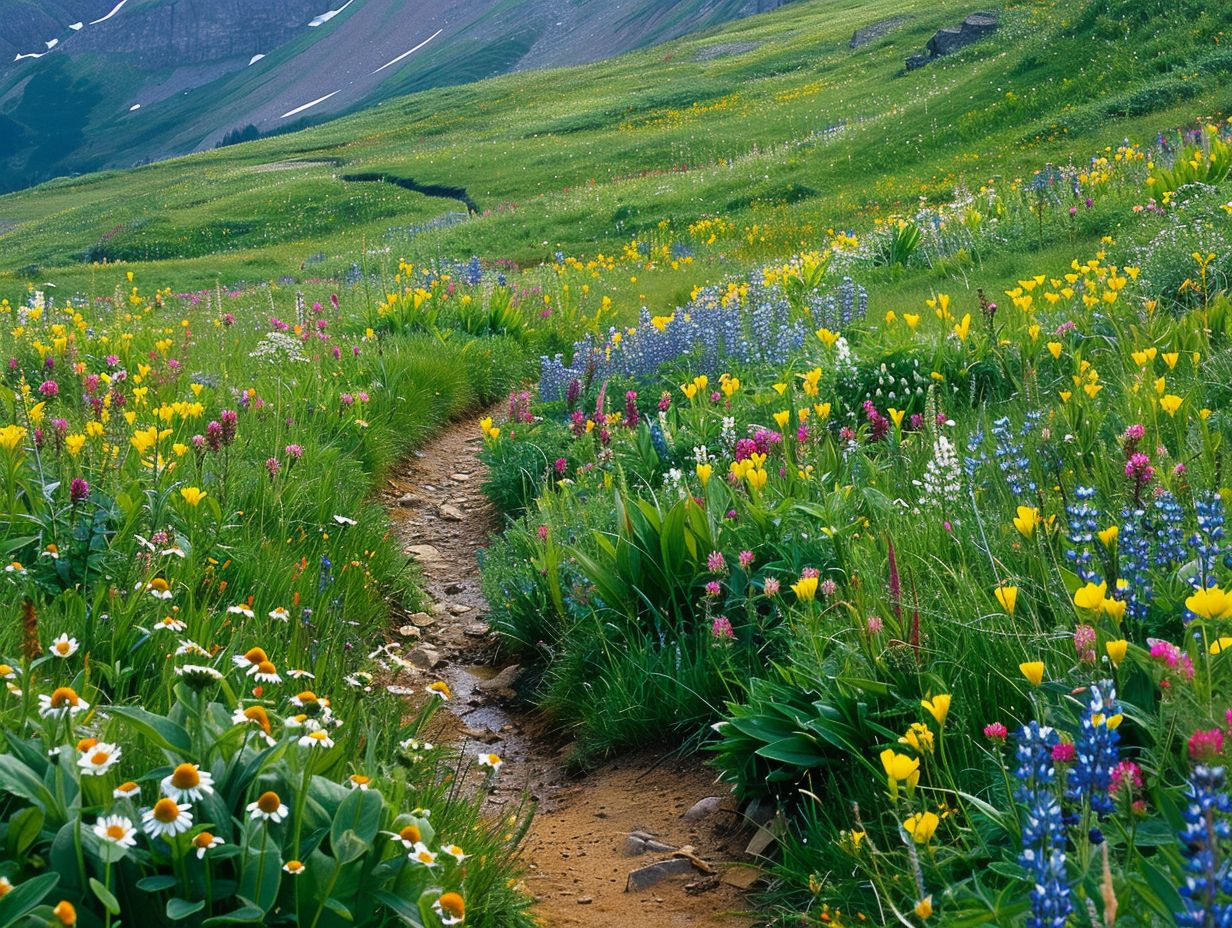
Wildflower Walks The Best Trails For Nature Lovers
Are you a nature lover looking to embark on a wildflower walk? Explore the best trails for wildflower walks, including [Trail Name 1], [Trail Name


